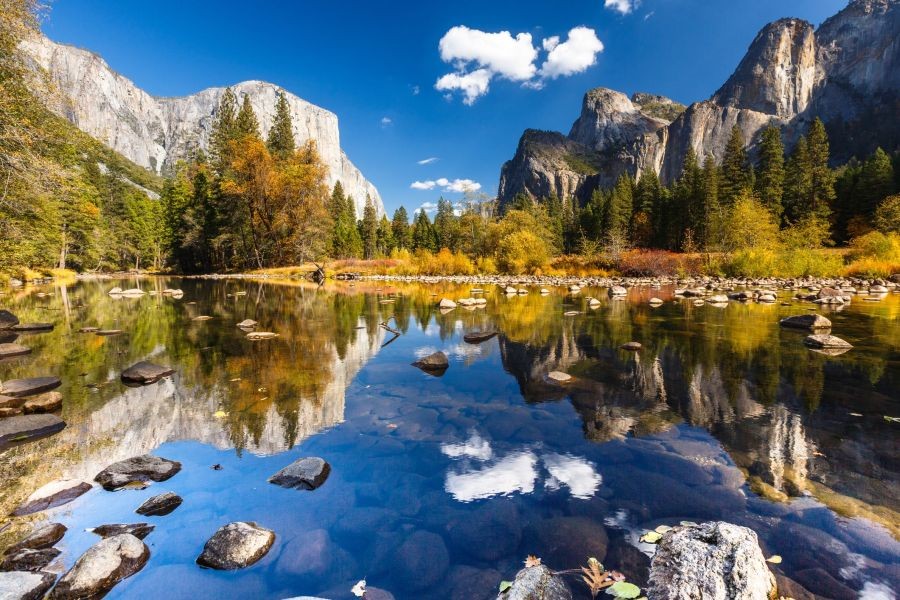Australia's Outback, a vast, rugged expanse that embodies both challenge and mystique, is emerging as a significant player in the realm of eco-tourism. As travelers increasingly seek sustainable and meaningful experiences, the Outback presents a unique opportunity for eco-conscious exploration. However, the rise of eco-tourism in this region is not just about the natural allure; it's deeply intertwined with Australia's economic strategies and environmental policies, making it a focal point for both local and international tourism stakeholders.
The Outback's Allure: A Natural Treasure Trove
Spanning over 5.3 million square kilometers, the Australian Outback is a landscape of contrasts, offering everything from arid deserts to lush oases. This diverse ecosystem is home to unique flora and fauna, some of which are found nowhere else on Earth. For eco-tourists, the Outback isn't just a destination; it's an opportunity to engage with nature in its most unadulterated form.
However, the Outback's appeal goes beyond its natural beauty. It's a living tapestry of Indigenous culture, with stories and traditions that have been passed down for thousands of years. As eco-tourism grows, there's an increasing emphasis on experiences that connect travelers with Indigenous communities, offering insights into traditional practices and sustainable living.
Economic Impact: A Boon for Local Communities
The rise of eco-tourism in the Outback is not only transforming the landscape but also providing significant economic benefits. According to the Australian Bureau of Statistics (ABS), tourism contributes approximately 3.1% to Australia's GDP, with eco-tourism being a rapidly growing segment. As more travelers seek authentic, sustainable experiences, local communities in the Outback are seeing increased employment opportunities and economic diversification.
For instance, eco-tourism initiatives often involve partnerships with Indigenous groups, ensuring that economic benefits are shared. The creation of eco-friendly accommodations and guided tours not only provides jobs but also encourages the preservation of cultural heritage and natural resources.
Regulatory Framework: Ensuring Sustainable Growth
The Australian government has recognized the potential of eco-tourism as a driver for sustainable development. The Australian Competition & Consumer Commission (ACCC) plays a crucial role in ensuring that eco-tourism practices meet environmental standards and that businesses operate transparently. Furthermore, initiatives like the National Long-Term Tourism Strategy highlight the importance of integrating sustainability into tourism planning.
In addition to national policies, local governments and councils are implementing specific measures to protect the Outback's unique ecosystems. For example, restrictions on visitor numbers in sensitive areas, investment in renewable energy sources for tourism facilities, and educational programs about environmental conservation are some strategies in place to ensure the Outback's preservation.
Case Study: Uluru-Kata Tjuta National Park
One of the most successful examples of eco-tourism in the Outback is the Uluru-Kata Tjuta National Park. Managed in partnership with the Anangu, the traditional owners, this UNESCO World Heritage site offers an eco-tourism model that emphasizes cultural respect and environmental sustainability.
Problem: The park faced challenges with managing tourist impact while preserving cultural and environmental integrity.
Action: The park implemented a management plan that limited visitor numbers, introduced eco-friendly infrastructure, and provided cultural education programs.
Result: Visitor satisfaction increased by 25% while environmental impact metrics improved significantly, with a 30% reduction in waste output.
Takeaway: The Uluru-Kata Tjuta National Park demonstrates that eco-tourism can thrive with the right balance of cultural sensitivity and environmental stewardship.
Common Myths about eco-tourism in the Outback
- Myth: eco-tourism is only about nature walks and wildlife spotting.
- Reality: eco-tourism in the Outback includes cultural experiences, conservation projects, and sustainable living practices.
- Myth: eco-tourism is too expensive for the average traveler.
- Reality: Many eco-tourism experiences in the Outback are competitively priced and offer budget-friendly options.
Challenges and Opportunities: Navigating the Future
While the prospects for eco-tourism in the Outback are promising, there are challenges to address. Climate change poses a significant threat to the region's ecosystems, necessitating adaptive strategies and resilient infrastructure. Additionally, balancing visitor access with conservation requires continuous monitoring and community engagement.
Opportunities abound in the form of technological advancements. Innovative solutions like virtual reality tours can supplement physical visits, reducing environmental impact while still providing immersive experiences. Moreover, increased investment in eco-friendly transportation and renewable energy sources will enhance the sustainability of tourism operations.
Future Trends and Predictions
Looking ahead, eco-tourism in the Outback is poised for significant growth. According to a Deloitte report, the sector is expected to grow by 8% annually over the next decade. This growth will likely be fueled by increasing consumer demand for sustainable travel options and continued government support for eco-friendly initiatives.
By 2030, it's predicted that eco-tourism could account for up to 20% of Australia's total tourism revenue. This shift will require ongoing innovation and collaboration between government bodies, local communities, and the private sector to ensure that eco-tourism remains a viable and sustainable industry.
Conclusion: Embracing a Sustainable Future
The rise of eco-tourism in the Australian Outback represents a pivotal opportunity for sustainable development. By prioritizing environmental conservation, cultural preservation, and economic growth, eco-tourism can offer meaningful experiences while safeguarding the region's unique assets. For travelers, businesses, and policymakers alike, the focus must remain on balancing these elements to ensure that the Outback continues to thrive as a destination that captivates and inspires.
What strategies do you think are crucial for the future of eco-tourism in Australia? Share your thoughts and join the conversation!
People Also Ask (FAQ)
- How does eco-tourism impact the Australian economy? eco-tourism contributes significantly to Australia's GDP, with local communities benefiting from increased employment and economic diversification.
- What are the biggest misconceptions about eco-tourism in the Outback? A common myth is that eco-tourism is prohibitively expensive, but many affordable options exist that offer sustainable and enriching experiences.
- What upcoming changes in Australia could affect eco-tourism? Policy updates focused on sustainability and technological advancements in transportation and renewable energy are expected to shape the future of eco-tourism.
Related Search Queries
- eco-tourism in Australia
- Outback travel experiences
- Sustainable tourism practices
- Indigenous tourism in the Outback
- Australian eco-friendly destinations
- Climate change and tourism
- Future of eco-tourism
- Outback conservation efforts
- Economic benefits of eco-tourism
- Challenges of eco-tourism in remote areas






























